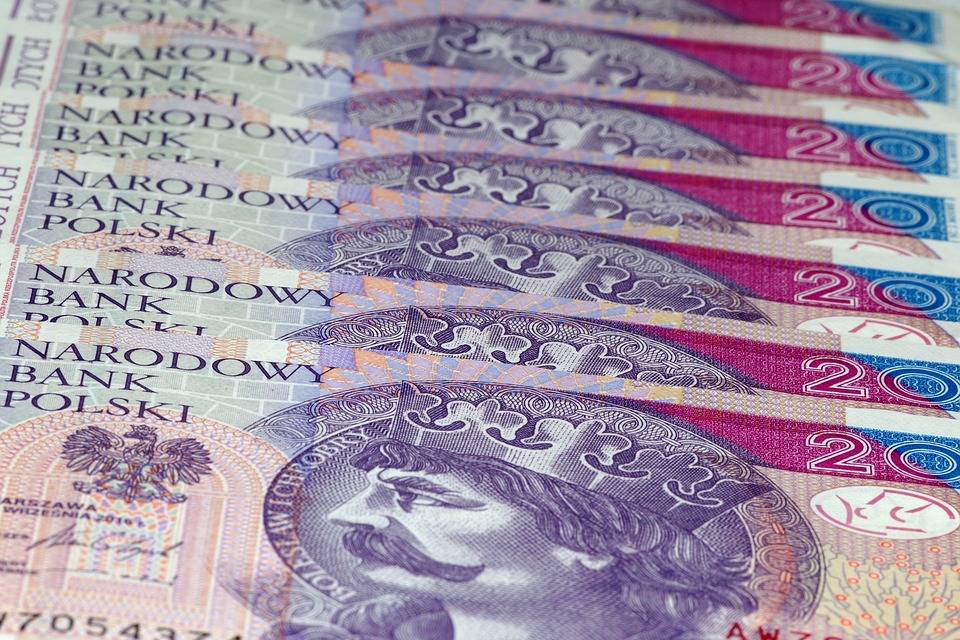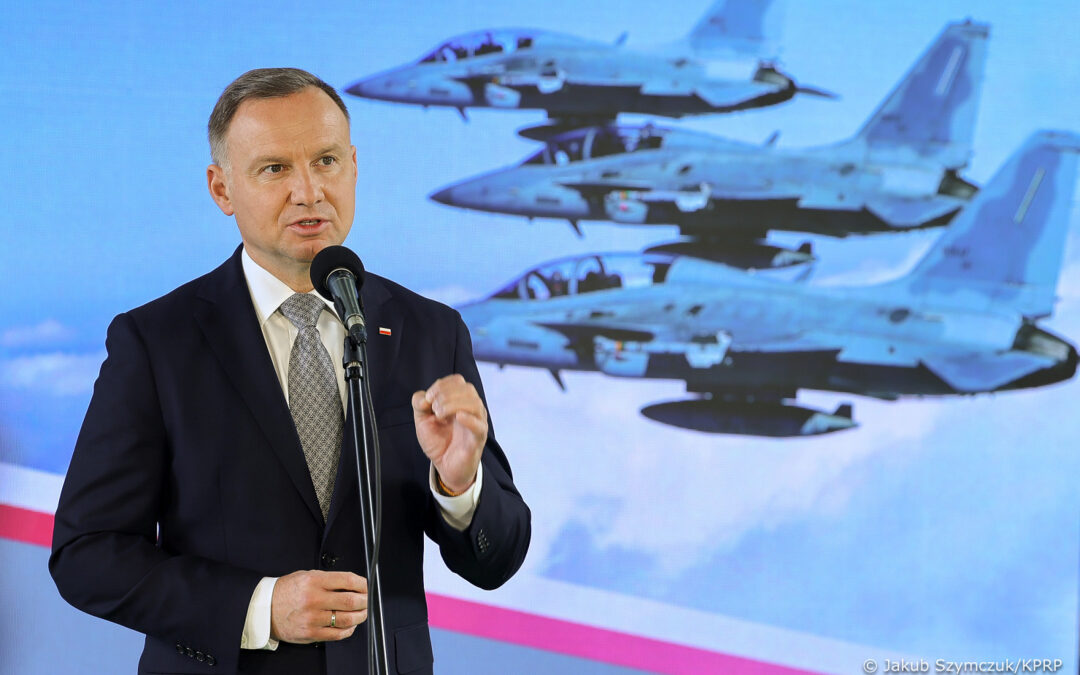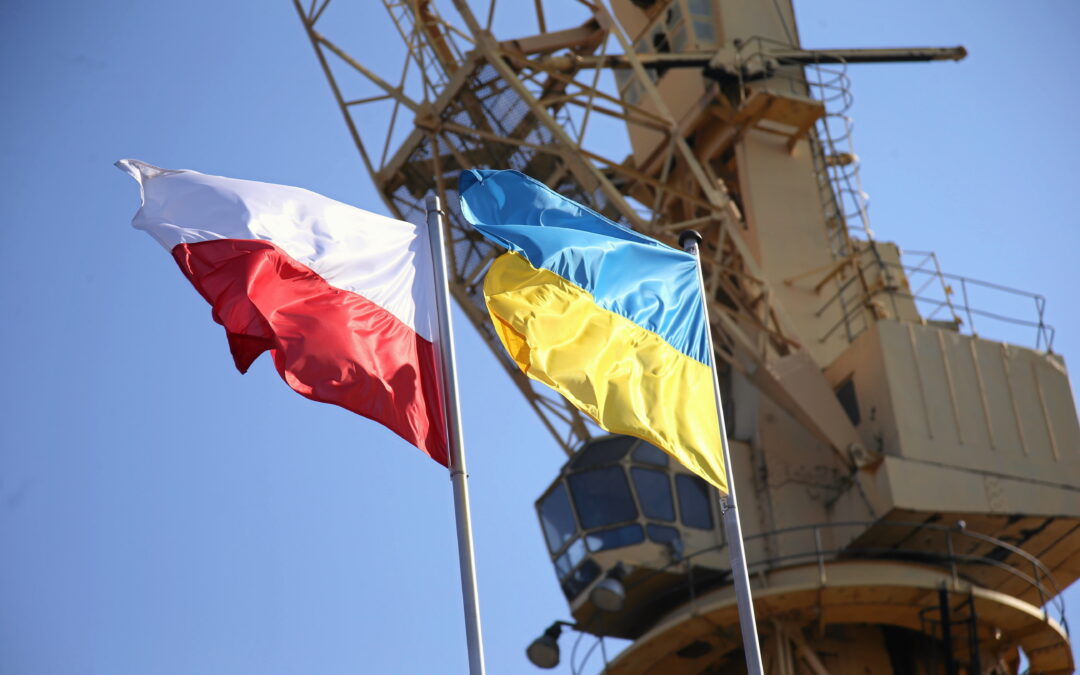After three months of steady deceleration, inflation in Poland shot up again to 3.3% year-on-year in June, according to a flash estimate from Statistics Poland (GUS), a state agency.
In mid-June, the government had forecast a further decline to 2.5%.
W czerwcu 2020 r. #ceny towarów i usług konsumpcyjnych w porównaniu z czerwcem 2019 r. wzrosły o 3,3% (wskaźnik cen 103,3), a w stosunku do maja 2020 r. wzrosły o 0,7% (wskaźnik cen 100,7). https://t.co/J1aNwTXfAL#GUS #CPI #WskaźnikCen #statystyki #inflacja pic.twitter.com/9wNPHSSeZN
— GUS (@GUS_STAT) June 30, 2020
At the start of 2020, before the coronavirus pandemic hit Poland, the country was recording some of the highest inflation rates in the world, reaching 4.7% year-on-year in February and 4.6% in March.
Analysts believe that the subsequent lockdown superficially “froze” the prices of certain goods and services. But now, as the economy thaws, delayed price rises are becoming apparent, reports Business Insider Polska.
Last month, the European Commission forecast Poland to be the only country in the EU in which inflation will be higher this year than in 2019.
According to economists from ING Bank Śląski, the rise is mainly caused by core inflation (the prices of goods and services that exclude the food and energy sectors, which tend to be more volatile) increasing from 3.8% to 4% year-on-year this month.
Many service providers, such as hairdressers or dentists, have levied additional “coronavirus” fees to make up for the additional costs they face in the new sanitary regime. These have largely been passed on to customers in the form of price rises, write economists at mBank.
“Core inflation is the biggest surprise,” said Bank Pekao senior economist Adam Antoniak, quoted by Nasdaq. “Everything indicates that there was an increase in prices in the businesses which were unfrozen.”
Inflation is also expected to remain elevated throughout the summer, with more Poles spending this year’s holidays in the country rather than travelling abroad. As holiday-goers spend more money in Poland, there is more pressure on the prices of restaurants and hotels.
Economists at Pekao bank forecast that inflationary pressure will subside as the year goes on. As pandemic-induced falling wages and more lay-offs come back to bite after the holidays, a slump in demand may pull prices down.
ING experts broadly agree, predicting inflation to fall below 2.5% at the end of the year, reports Business Insider Polska.
According to today’s “flash” figures, the prices of consumer goods have increased by 3.3% relative to the previous year, and 0.7% relative to May’s figures.
A breakdown of the year-on-year prices rise between May and June this year was mainly driven by a rise in “core” inflation by 0.3 percentage points and fuels by 0.2 p.p. Meanwhile, food price inflation has slowed by 0.1 p.p. Energy price inflation has remained stable.
#Poland’s CPI inflation up to 3.3% y/y in June from 2.9 % y/y in May, mostly on fuels and core inflation (food prices this time below seasonal pattern). Core inflation likely up to ca. 4.1% y/y from 3.8% y/y in May, highest on record. pic.twitter.com/7D1wqUw9TN
— PKO Research (@PKO_Research) June 30, 2020
As a result of accelerating inflation, real wages – already dragged down by the economic fallout of the coronavirus lockdown – will further drop in the foreseeable future.
Inflation across the Eurozone was also higher than expected this month, with today’s flash estimate at 0.3% rather than the anticipated 0.2%. The highest price hikes were recorded for food, alcohol and tobacco (3.1%) while the largest drop was for energy prices (9.4%).
Euro area #inflation up to 0.3% in June 2020: food +3.1%, services +1.2%, other goods +0.2%, energy -9.4% – flash estimate https://t.co/ZKY261mp77 pic.twitter.com/6p2G3A7qhn
— EU_Eurostat (@EU_Eurostat) June 30, 2020
Main image credits: Arcaion/Pixabay

Maria Wilczek is deputy editor of Notes from Poland. She is a regular writer for The Times, The Economist and Al Jazeera English, and has also featured in Foreign Policy, Politico Europe, The Spectator and Gazeta Wyborcza.



















